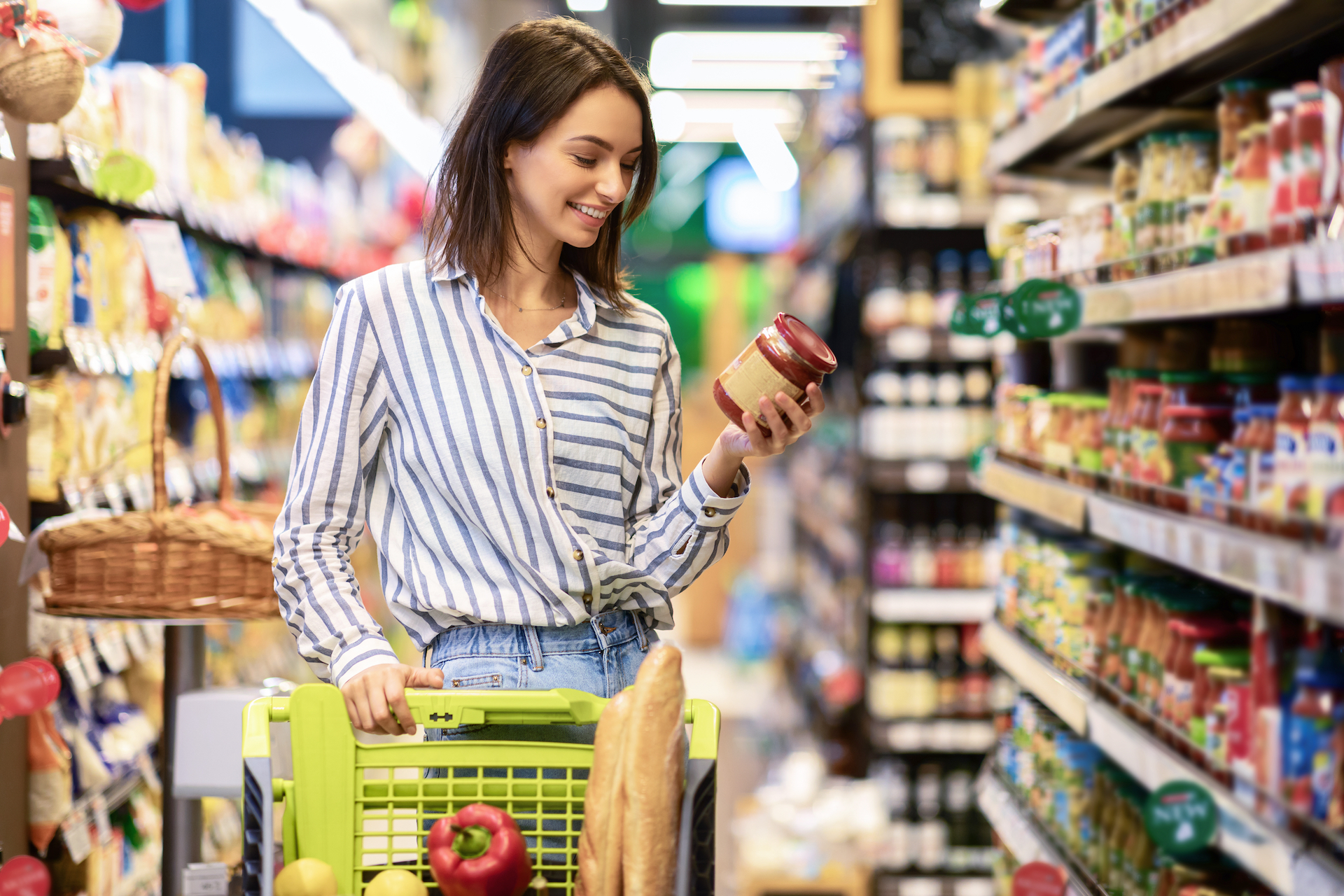How to Save Money on Your Groceries, Despite Tariffs
Buy Local and Seasonal
When avoiding tariff-related price increases, purchasing local, in-season produce is the best option. As any frugal homemaker knows, local fruits, vegetables, dairy products, and meats are not subject to import tariffs and are often fresher since they have been transported less.
- For direct-from-source savings, visit your local farmers’ market.
- Look for grocery stores that carry local goods (often marked with “locally sourced”).
- Whenever possible, plan meals around what’s in season. This is cheaper, tastes better, and supports local agriculture.
Example: Instead of buying imported berries in winter (often from South America and subject to tariffs), opt for domestic citrus fruits, which are in peak season then.
Take a Look at the Origin Label
You can use country of origin labels to your advantage. How? Most products in the United States and other major markets must display their country of origin. As such, it’s easier to avoid products imported from countries with higher tariffs if you know which countries have higher tariffs.
- You may want to skip specialty cheeses or wines from countries that have recently imposed tariffs.
- Whenever possible, choose local produce and pantry staples.
- When buying fish, always check whether it’s wild-caught domestically or imported.
Stock Up on Non-Perishable Essentials
You may notice a sudden increase in canned tomatoes, coffee, pasta, or rice prices due to a tariff or import disruption. If prices drop or a deal arises, consider buying in bulk, especially if the item has a long shelf life.
- Beans—dried or canned
- Pasta and noodles
- Canned vegetables and tomatoes
- Coffee and tea
- Shelf-stable dairy, like powdered milk or evaporated milk
At the same time, you should be strategic. In other words, don’t hoard perishables or goods you won’t use. Building a smart buffer is the goal, not creating clutter.
Compare Private Labels vs. Imported Brands
Large chains often domestically source private-label (store-brand) products or negotiate in bulk, so they are better protected from tariffs. These brands are often more affordable than their name-brand counterparts, especially those imported from countries subject to tariffs.
Join a Grocery Loyalty Program or Subscription Club
Almost every grocery chain offers loyalty cards with targeted discounts and weekly deals. These programs allow stores to control the flow of inventory, especially in cases of price fluctuations.
Get Creative With Substitutes
Don’t be afraid to substitute alternative ingredients for a staple item if import costs suddenly exceed your budget. These ingredients will provide similar flavor, nutrition, and utility.
- Quinoa (often imported from South America): Try farro, bulgur, or barley (often grown domestically)
- Imported cheeses: Opt for locally made alternatives or DIY your own spreads
- Avocados from Mexico (when affected by tariffs): Replace with local zucchini or hummus-based dips
The more flexible you are with recipes and the more open you are to substitutions, the less you will spend on food and the more versatile you can become.
Follow Trade News (Without Getting Overwhelmed)
Even though you don’t need to obsess over every global tariff announcement, you should check the headlines or set up a Google Alert for updates on food-related trade. You can pinpoint a potential deal in advance by anticipating price spikes or tariffs being lifted.
Meal Plan With Cost in Mind
In the face of unexpected inflation caused by tariffs, meal planning becomes even more effective. You should choose affordable, whole ingredients that are not subject to import tariffs, such as:
- Grains: Wheat, corn, oats, rice—especially if they’re grown locally.
- Vegetables: Generally available and readily grown in many areas are potatoes, carrots, onions, lettuce, and tomatoes.
- Fruits: Many domestically grown apples, peaches, and berries, depending on the season and region.
- Legumes: Beans and lentils are common, affordable, and often grown locally.
- Meat & poultry: Domestically produced beef, chicken, and pork.
- Eggs: An essential component of many dishes, often produced locally.
- Dairy: Generally, dairy products such as milk, cheese, and yogurt are produced domestically.
- Nuts: Pecans and walnuts are grown domestically, but other nuts may be affected by trade barriers.
Also, remember overlapping ingredients when planning meals, so nothing is wasted.
Freeze, Preserve, and DIY
Whenever you come across tariff-free goods on sale, especially local produce, buy more than you need and preserve them.
- Chopped fruits and vegetables can be frozen.
- Make batches of sauces or soups and freeze them.
- If you’re adventurous, try home canning.
- You can make your own spice blends, granola, and snacks with bulk ingredients.
Doing this can save money and control what you eat.
Final Thought: Smart Grocery Shopping Is a Financial Skill
As trade policies fluctuate and supply chains become more global, grocery shopping has become more strategic. Tariff-friendly shopping, however, can free up cash for your household, reduce waste, and give you a stronger financial foundation.









